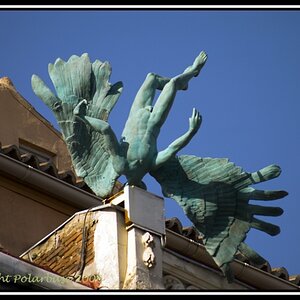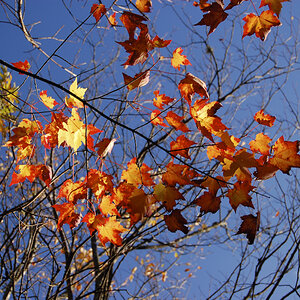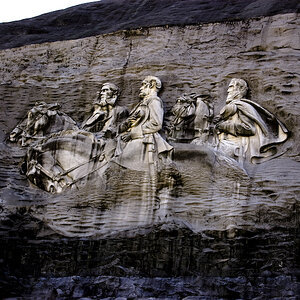Luke_H
TPF Noob!
Hello everyone. I'm new here, and would like to figure out how to adjust the condenser head in an Omega enlarger I use in a college course.
The contrast I'm getting out of my prints only reaches what I consider 'normal' range when I'm using a #3 Ilford filter on Ilford's MC paper.
I've heard that you can control contrast to a degree by moving around the lenses in the head. However, the instructor won't go over it with us, or seems to not want me to mess with my enlarger. It won't be hard for me to put them back into place how I found them, so I'd like to at least know the proceedure, or what adjustments cause an effect on the contrast in the prints.
I can't remember what model my enlarger is, but I want to say it's an Omega or Besseler. It has a rectangular head with about 3 lenses on 'shelves' inside by the light bulb.
Anyway, if anyone can shed any light on the issue, I'd love to hear it.
Thanks,
Luke
The contrast I'm getting out of my prints only reaches what I consider 'normal' range when I'm using a #3 Ilford filter on Ilford's MC paper.
I've heard that you can control contrast to a degree by moving around the lenses in the head. However, the instructor won't go over it with us, or seems to not want me to mess with my enlarger. It won't be hard for me to put them back into place how I found them, so I'd like to at least know the proceedure, or what adjustments cause an effect on the contrast in the prints.
I can't remember what model my enlarger is, but I want to say it's an Omega or Besseler. It has a rectangular head with about 3 lenses on 'shelves' inside by the light bulb.
Anyway, if anyone can shed any light on the issue, I'd love to hear it.
Thanks,
Luke


 I've never been too great at that one.
I've never been too great at that one.![[No title]](/data/xfmg/thumbnail/38/38261-db20f6f92ee8f0d4c5cf1536e308638b.jpg?1619738546)
![[No title]](/data/xfmg/thumbnail/40/40294-85063966547e41d91fa4fcc007f0896c.jpg?1619739410)
![[No title]](/data/xfmg/thumbnail/40/40296-1e3931509698e96fed6a0e43f5cb4adc.jpg?1619739411)


![[No title]](/data/xfmg/thumbnail/42/42397-30faa170de7ed9be38adf00b9b26a220.jpg?1619740167)
![[No title]](/data/xfmg/thumbnail/36/36401-dfb1077e5917eb47c5acf9c208e7be2a.jpg?1619737552)
![[No title]](/data/xfmg/thumbnail/32/32638-22cfef06fc91cb3aee39b7b55c36198d.jpg?1619735555)
![[No title]](/data/xfmg/thumbnail/36/36397-b2aca1c8ba1009853020154d6dd4b0e5.jpg?1619737550)
![[No title]](/data/xfmg/thumbnail/42/42479-eb9612f7aa37a41755b9e23b5739a3bf.jpg?1619740195)

